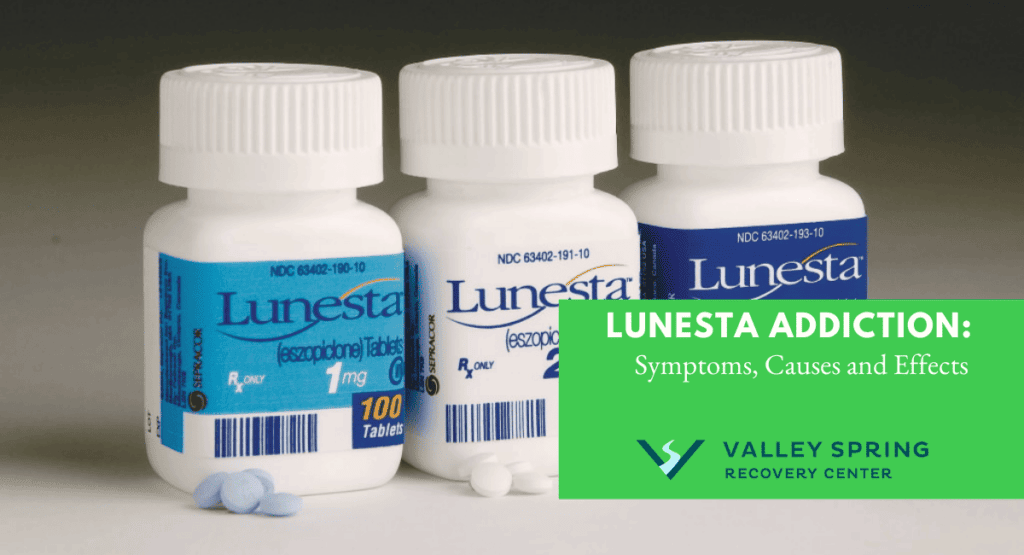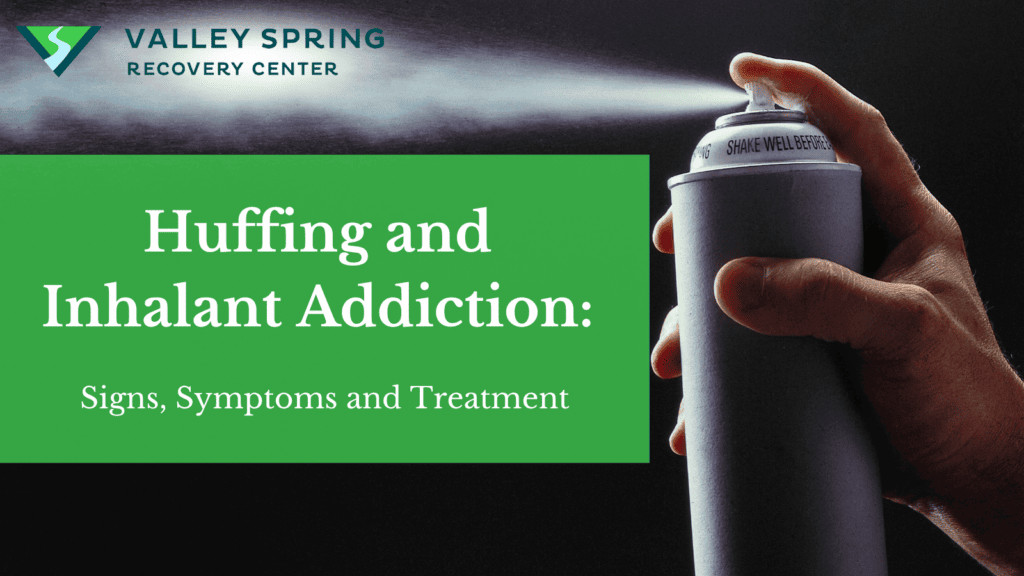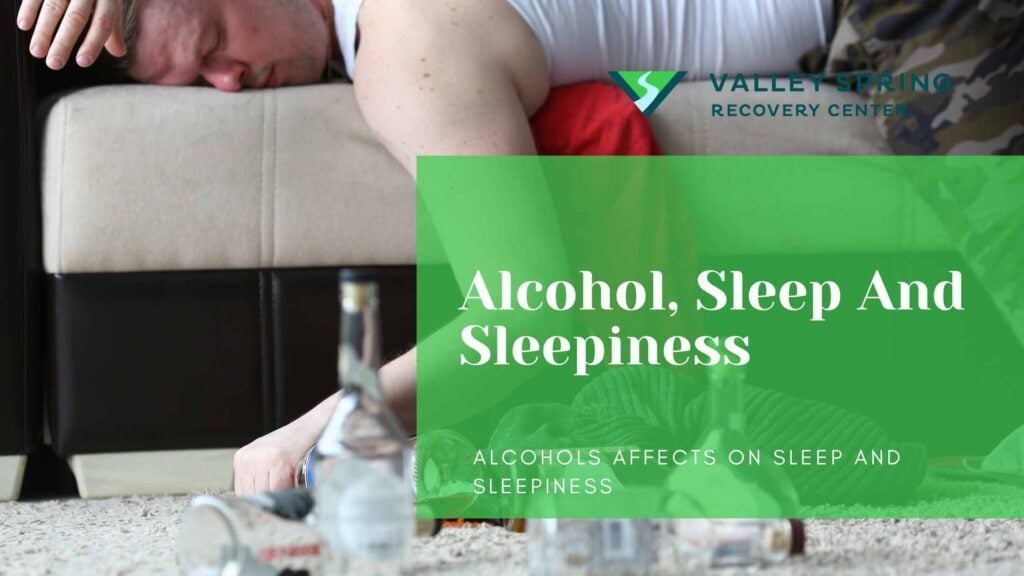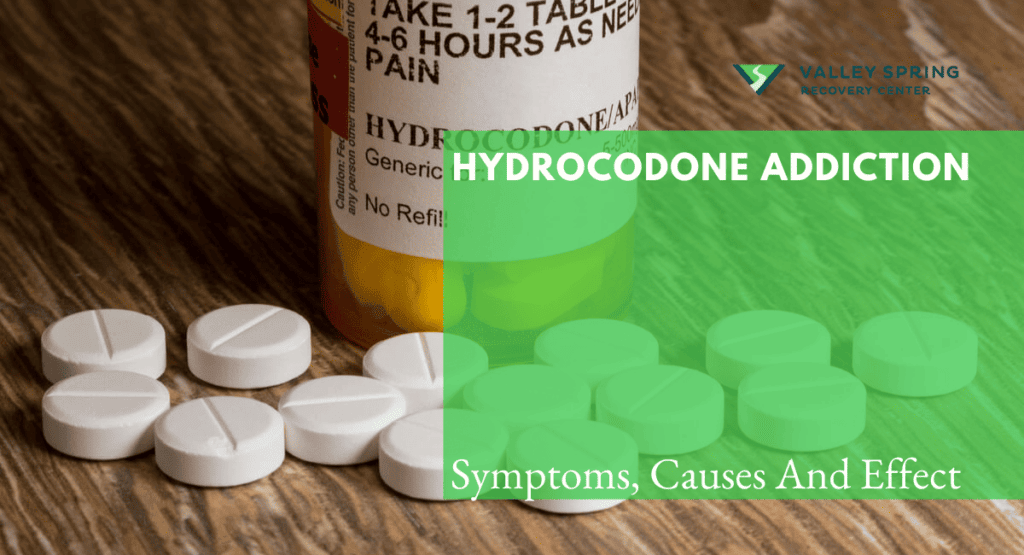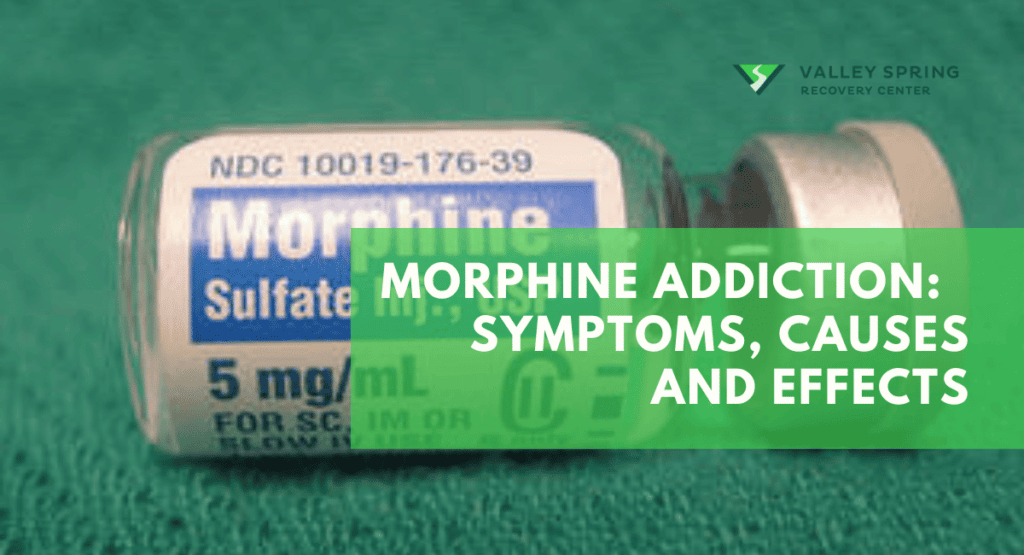Lunesta addiction is a condition in which individuals develop a compulsive and unhealthy dependence on Lunesta (eszopiclone), characterized by cravings, loss of control over use, and negative consequences in various areas of life.
The symptoms of Lunesta addiction may include tolerance (requiring higher doses for the same effect), withdrawal when not using the drug, and a persistent desire to obtain and use the medication despite negative consequences.
The causes of Lunesta addiction include factors like the drug’s impact on brain chemistry, potential for euphoria, self-medication for emotional distress, tolerance and withdrawal effects, availability and accessibility, and co-occurring substance abuse.
The effects of Lunesta addiction can include physical dependence, increased tolerance, withdrawal symptoms upon discontinuation, impaired cognitive function, disrupted sleep patterns, social and occupational dysfunction, and negative impacts on mental and physical health.
What is Lunesta Addiction?
Lunesta addiction is the development of a physical or psychological dependence on the drug — eszopiclone produced by Lunesta — typically due to misuse or overuse, leading to tolerance, withdrawal symptoms, and a compulsion to continue using the medication despite its potential risks.
Lunesta is a brand name for the medication eszopiclone, which is used to treat insomnia, a sleep disorder characterized by difficulty falling asleep or staying asleep. Eszopiclone belongs to a class of drugs called sedative-hypnotics, which work by slowing down brain activity to promote sleep.
Lunesta is typically prescribed for short-term use, generally for a period of one to two weeks. It is available in tablet form and is usually taken orally before bedtime. The dosage is determined by a healthcare professional based on individual needs and response to the medication. Using this medication beyond the prescribed dosage and duration is what results in an addiction.
Why Do People Consume Lunesta?
Most people consume Lunesta for its intended medical purpose, which is to treat insomnia and help them with sleep difficulties. People may consume Lunesta when they experience temporary sleep disturbances due to factors such as jet lag, shift work, or other disruptions to their sleep schedule. Lunesta can help regulate sleep patterns and promote better sleep during these periods.
Some individuals may also consume Lunesta due to anxiety or worry about their ability to fall asleep. The sedative effects of the medication can help alleviate anxiety and promote relaxation, making it easier to initiate sleep. Lunesta also helps with certain medical conditions, such as fibromyalgia or chronic pain that can disrupt sleep and cause insomnia. In such cases, Lunesta may be prescribed as part of a comprehensive treatment plan to address both the underlying condition and the associated sleep difficulties.
All these use cases can result in tolerance to the drug and eventual dependence on it to induce sleep.
What are the Signs and Symptoms of Lunesta (Eszopiclone) Addiction?
While Lunesta is generally well-tolerated, some potential signs and symptoms may occur when individuals become addicted to it. These can vary from person to person, and they include:
- Increased Tolerance: Needing higher doses over time to achieve the same sedative effects.
- Persistent Cravings: Intense desires or urges to use Lunesta, often leading to obsessive thoughts.
- Difficulty Controlling Use: Inability to regulate or control the frequency and amount of Lunesta intake.
- Continued Use Despite Negative Consequences: Continued use of Lunesta even when it leads to negative physical, mental, or social consequences.
- Social Withdrawal: Pulling away from social activities and relationships.
- Neglect of Responsibilities: Failing to fulfill work, school, or family obligations due to the preoccupation with Lunesta use.
- Changes in Sleep Patterns: Disruptions in normal sleep patterns, including difficulties falling asleep without Lunesta.
- Seeking Multiple Prescriptions: Visiting multiple doctors to obtain additional prescriptions for Lunesta.
- Doctor Shopping: Deliberately seeking out healthcare providers who are likely to prescribe Lunesta without a legitimate medical need.
- Withdrawal Symptoms When Not Using: Experiencing physical and psychological symptoms such as insomnia, anxiety, and irritability when attempting to stop or reduce Lunesta use.
- Preoccupation with Obtaining and Using Lunesta: Spending a significant amount of time thinking about, acquiring, and using Lunesta.
- Interference with Daily Activities: Lunesta use interferes with daily life activities, impacting work, relationships, and overall functioning.
Depending on dosage, frequency of use, and individual genetic differences, some people may also experience the following symptoms after using Lunesta:
- Fatigue
- Daytime sleepiness
- Difficulty concentrating
- Memory problems
- Confusion
- Nausea
- Nervousness
- Irritability
- Depression
- Abnormal dreams
- Sleepwalking or engaging in other activities while not fully awake
- Hallucinations (seeing or hearing things that are not there)
- Agitation
- Anxiety
- Aggression
- Restlessness
- Visual disturbances
- Chest pain
- Rapid or irregular heartbeat
- Shortness of breath
- Swelling of the face, lips, tongue, or throat (sign of an allergic reaction)
- Difficulty swallowing or breathing (sign of a severe allergic reaction)
- Rash or hives (sign of an allergic reaction)
Remember that not everyone will experience all these signs and symptoms.
What are the Causes of Lunesta Addiction?
Lunesta (eszopiclone) is a medication that can potentially lead to dependence or addiction when used improperly or for an extended period. While it is primarily prescribed for short-term use, certain factors can contribute to the development of Lunesta addiction. Here are some potential causes and risk factors:
1. Prolonged or excessive use
Using Lunesta for a longer duration or at higher doses than prescribed can increase the risk of addiction. Continued use of the medication beyond the recommended timeframe may lead to tolerance, where higher doses are required to achieve the desired effect.
2. History of substance abuse
Individuals with a history of substance abuse, including drugs or alcohol, may be more susceptible to developing an addiction to Lunesta or other sedative-hypnotic medications.
3. Personal or family history of addiction
A personal or family history of addiction or substance abuse disorders can increase the likelihood of developing an addiction to Lunesta or other substances. If members of your family have been diagnosed with an addiction or have shown signs of addictive behavior, it’s best to steer clear of any drug, including Lunesta unless prescribed by a specialist.
4. Psychological factors
Underlying psychological factors, such as anxiety, depression, or insomnia, may contribute to the misuse or dependence on Lunesta. Some individuals may use the medication to self-medicate or alleviate emotional distress.
5. Concurrent substance use and using Lunesta for recreational purposes
Concurrent use of other substances, such as alcohol or illicit drugs, can increase the risk of addiction to Lunesta. Some individuals may misuse Lunesta for recreational purposes, seeking the sedative or euphoric effects it can produce.
While Lunesta is capable of leading to an addiction, not everyone who uses Lunesta will develop one. This is because many people take it as prescribed and discontinue use without any issues.
If you have concerns about addiction or have a history of substance abuse, it is crucial to discuss these factors with your healthcare provider before starting Lunesta or any other medication. They can provide guidance, monitor your usage, and help you develop a safe and appropriate treatment plan.
What are the Effects of Lunesta Addiction?
Lunesta (eszopiclone) addiction can have various effects on people who develop a dependence on the medication. Here are some potential effects of Lunesta addiction:
1. Physical dependence
Prolonged use of Lunesta can lead to physical dependence, where the body becomes accustomed to the presence of the drug. Abruptly stopping or reducing the dosage of Lunesta can result in withdrawal symptoms, such as rebound insomnia, anxiety, agitation, irritability, tremors, and in severe cases, seizures.
2. Psychological dependence
Addiction to Lunesta can also involve psychological dependence. Individuals may feel a strong craving or compulsion to use the drug, even when they no longer require it for sleep. This can lead to a preoccupation with obtaining and using Lunesta and difficulty controlling or stopping its use.
3. Tolerance
With prolonged use, tolerance to Lunesta can develop. This means that higher doses of the medication are needed to achieve the same sleep-inducing effects. Increasing the dosage without medical guidance can further contribute to the risk of addiction and potential adverse effects.
4. Impaired cognitive function
Chronic Lunesta abuse or addiction can lead to cognitive impairments, including difficulties with memory, concentration, and attention. These effects can impact daily functioning and overall well-being.
5. Sleep disturbances
Paradoxically, Lunesta addiction can lead to sleep disturbances. As the body becomes reliant on the medication, individuals may experience rebound insomnia or disrupted sleep patterns when attempting to reduce or discontinue its use.
6. Social and interpersonal consequences
Addiction to Lunesta can have negative effects on social and interpersonal relationships. It can lead to withdrawal from social activities, difficulty maintaining commitments, and strained relationships with family, friends, or colleagues.
7. Risk of overdose
Misusing Lunesta, such as taking higher doses or combining it with other substances, increases the risk of overdose. Symptoms of Lunesta overdose may include extreme drowsiness, confusion, slowed breathing, slowed or irregular heartbeat, and even loss of consciousness. Overdose can be life-threatening and requires immediate medical attention.
How Does Lunesta Affect The Brain?
Lunesta (eszopiclone) affects the brain by enhancing the activity of gamma-aminobutyric acid (GABA), a neurotransmitter that has inhibitory effects on the central nervous system. Here’s a breakdown of how Lunesta interacts with the brain:
1. GABA enhancement
Lunesta belongs to a class of medications known as sedative-hypnotics or nonbenzodiazepine receptor agonists. It selectively targets and binds to specific GABA receptors in the brain, increasing the inhibitory effects of GABA. This leads to a reduction in brain activity and promotes relaxation, sedation, and sleep.
2. Induction of sleep
By enhancing GABA activity, Lunesta helps to induce and maintain sleep. It reduces the time taken to fall asleep (sleep onset latency) and increases total sleep time. The medication primarily affects the sleep architecture by increasing the duration of deep sleep (slow-wave sleep) and reducing the amount of rapid eye movement (REM) sleep.
3. Sedative effects
Lunesta’s enhancement of GABA activity produces sedative effects, leading to relaxation, drowsiness, and a calming effect on the central nervous system. This can be beneficial for individuals experiencing insomnia or other sleep disturbances.
4. Potential for side effects
While Lunesta’s primary effect is to promote sleep, it can also have additional effects on the brain and body. Some individuals may experience side effects such as dizziness, headache, memory problems, confusion, or changes in mood or behavior. These effects are typically transient and resolve as the medication is eliminated from the body.
Lunesta’s effects on the brain are specific to its pharmacological properties and interaction with GABA receptors. These effects contribute to its therapeutic potential in treating sleep disorders but can also carry risks, such as dependence or addiction if misused.
What are the benefits of Lunesta?
The benefits of Lunesta include:
- Improved Sleep Onset and Maintenance: Lunesta is effective in helping individuals fall asleep faster and stay asleep longer. This is particularly beneficial for those who wake up frequently during the night.
- Longer Half-Life: Compared to some other sleep aids, Lunesta has a longer half-life, which helps maintain sleep throughout the night without frequent awakenings.
- Non-Benzodiazepine Hypnotic: As a non-benzodiazepine hypnotic, Lunesta may have a lower risk of certain side effects compared to traditional benzodiazepines, such as less potential for memory problems or motor skill impairment.
- Decreased Sleep Latency: Lunesta reduces the time it takes to fall asleep, which can be particularly beneficial for those with delayed sleep phase syndrome or other conditions that make it difficult to initiate sleep.
- Improved Sleep Quality: Users often report improved overall sleep quality, including deeper sleep and fewer awakenings.
- Prescription Control: Being a prescription medication, its use is monitored by healthcare professionals, allowing for tailored dosages and controlled administration.
- Limited Rebound Insomnia: Lunesta has a lower risk of rebound insomnia (worsening of sleep quality upon discontinuation) compared to some other sleep medications.
- Reduced Daytime Impairment: When used as directed, Lunesta can help improve daytime functioning by reducing the impact of insomnia on daytime alertness and performance.
- Flexibility in Dosage: Lunesta comes in multiple dosage strengths, allowing healthcare providers to adjust the dose based on individual patient needs and responses.
It’s important to note that while Lunesta offers these benefits, it also has potential side effects and risks, including dependency and withdrawal symptoms. It should be used under the guidance of a healthcare professional, and patients should discuss their specific health conditions and medications to avoid adverse interactions.
What are the Treatment Options for Lunesta Addiction?
Treating Lunesta (eszopiclone) addiction typically involves a comprehensive approach that addresses both the physical and psychological aspects of addiction. Here are some common treatment options for Lunesta addiction:
1. Medical detoxification
If an individual is physically dependent on Lunesta, a medically supervised detoxification process may be necessary. This involves gradually tapering off the medication under the supervision of healthcare professionals to minimize withdrawal symptoms and ensure safety.
2. Behavioral therapies
Various behavioral therapies can be effective in treating Lunesta addiction. Cognitive-behavioral therapy (CBT) is commonly used and helps individuals identify and change the thoughts, behaviors, and triggers associated with drug use. It can also teach coping skills and strategies for managing cravings and preventing relapse. Other approaches, such as motivational interviewing and contingency management, may also be utilized.
3. Support groups
Participating in support groups, such as 12-step programs like Narcotics Anonymous (NA), can provide valuable peer support and guidance for individuals in recovery. These groups offer a supportive environment where individuals can share their experiences, receive encouragement, and learn from others who have faced similar challenges.
4. Medication-assisted treatment (MAT)
In some cases, medication-assisted treatment may be considered to aid in Lunesta addiction recovery. Medications such as flumazenil, a GABA receptor antagonist, have been explored for the treatment of sedative-hypnotic addiction. However, the use of medication for Lunesta addiction is not as well-established as for other substances, and individualized assessment and consultation with a healthcare professional are necessary.
5. Dual diagnosis treatment
If co-occurring mental health disorders, such as anxiety or depression, are present alongside Lunesta addiction, an integrated treatment that addresses both conditions simultaneously is essential. This may involve a combination of medication, therapy, and support to address both the addiction and underlying mental health issues.
6. Individualized treatment plans
Each individual’s addiction and recovery journey is unique, so it’s important to develop an individualized treatment plan based on a comprehensive assessment of their needs. Treatment plans may include a combination of the above approaches and may be adjusted over time as progress is made.
Working with healthcare professionals or addiction specialists who can provide guidance, support, and appropriate treatment options will help you reach wholesome recovery faster and more efficiently. These experts can help you develop a tailored plan that addresses specific needs and increases the chances of successful recovery.
Is Lunesta OK for long-term use?
Lunesta, like many prescription sleep medications, is generally not recommended for long-term use. It is intended for short-term treatment of insomnia, typically for about 7 to 10 days, and up to a maximum of a few weeks in some cases. Prolonged use can lead to tolerance, dependence, and potential side effects. If you are experiencing ongoing sleep issues, it’s important to consult with a healthcare provider who can explore other treatment options and address the underlying causes of your insomnia.
What happens if you take Lunesta and don’t sleep?
If you take Lunesta and don’t fall asleep, it may not be effective in helping you get the rest you need. This can be frustrating, and in some cases, you might experience side effects of the medication without the intended benefit. However, avoid increasing your doses to achieve the benefits. Simply speak with your doctor to find other forms of medication for you.
What are the differences between Lunesta and Valium?
Lunesta and Valium are distinct medications used for different purposes, each with unique properties and effects. Lunesta (eszopiclone) is primarily used for the treatment of insomnia. It is a non-benzodiazepine hypnotic agent that aids in falling asleep and maintaining sleep, with a longer half-life that ensures its effectiveness throughout the night. This makes Lunesta particularly suitable for those who have difficulty staying asleep. On the other hand, Valium (diazepam) is a benzodiazepine, primarily used for managing anxiety disorders, and muscle spasms, and sometimes used in the management of alcohol withdrawal symptoms. Valium has a broader range of effects, including anti-anxiety, sedative, muscle relaxant, and anticonvulsant properties.
The risk profiles of these drugs also differ significantly. While both have the potential for dependence and withdrawal symptoms, Valium is a benzodiazepine, and has a higher potential for addiction and abuse. It also has a broader spectrum of withdrawal symptoms and can be more challenging to discontinue after long-term use. Lunesta, while also carrying risks of dependence and potential side effects like dizziness and next-day drowsiness, generally has a lower risk profile compared to benzodiazepines like Valium.
In terms of side effects, Lunesta is known mainly for its potential to cause sleepiness and dizziness, and in some cases, it might lead to sleep behaviors like sleepwalking. Valium, meanwhile, can cause drowsiness, fatigue, and muscle weakness, and its use is more likely to lead to significant sedation or impairment.
Dr. Michael Olla
All author postsShare This Post

